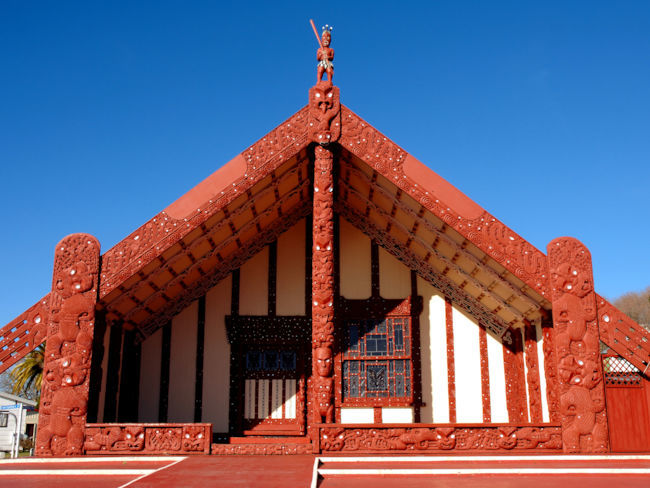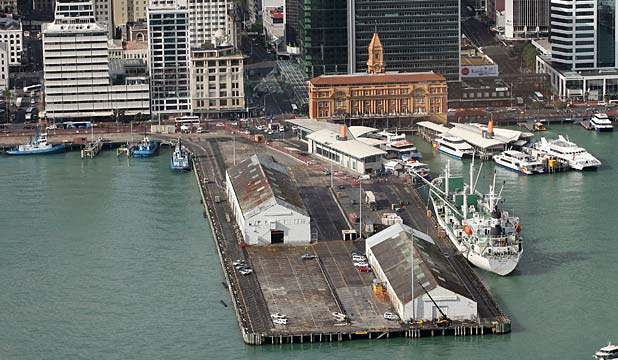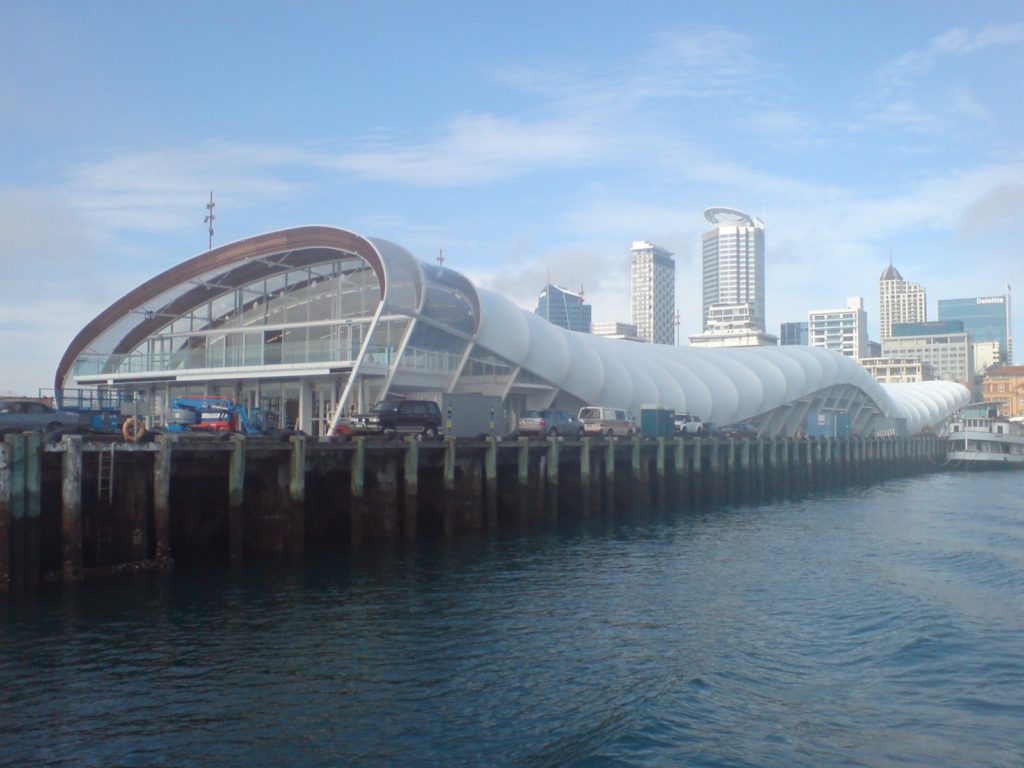Indigenous cultures are often presented in narratives of globalization as precious relics of time which are being eradicated by Western and European influences. These narratives typically describe indigenous people as subjects of one of two theories. Despondency theory is the first, and it suggests that indigenous people who are living in the rapidly globalized world are hopelessly frustrated by feeling out of touch, and thus resort to phasing through life. Dependency theory, on the other hand, suggests that indigenous people become reliant on the support of more advanced nations. Commodification, which involves creating simplified versions of a thing in order to make it a desirable thing to consume or purchase, is understood as being an exclusively exploitative means of producing inauthentic replications of culture. Anthropologists of the last two decades, such as Marshall Sahlins, have started to resist these notions. Sahlins posits that indigenous people are not passive pieces of history which fail to change and evolve. Instead they interact continually with the world and adapt new technology and information in ways which suit their practices and cultures.

Margaret Werry takes this theory one step further with her concept of the tourist state, which suggests that there are countries whose identities have been founded on the nature of tourism. New Zealand is a prime example of a tourist state. New Zealand has been continually producing evolving images of indigenous Maoriness since the country was colonized, while simultaneously producing a single representation of the country as a whole. Global ebbs and flows of cultural expectation constantly shape and alter the acceptable expressions of Maori culture while also creating an environment which is ideal for promoting it. It provides participating Maori communities with an opportunity to re-claim their identity through autonomy over how sanitized and commodified versions are presented, and what information is important to present to interested consumers.
The events surrounding Queens Wharf and the 2011 Rugby World Cup offer an incredible window into how Maori culture is constantly evolving and ever-present as a part of the image of New Zealand produced by tourist state. A design competition was hosted for a building on Queens Wharf which would represent “New Zealandness”, function as a marker of culture akin to the Sydney Opera house, and later serve as a performing arts center. Using Queens Wharf, a location where tourists and cruise ships are entering the country, as the location for this building is in itself significant of the tourist state. This location projects the image of New Zealand to the world directly through the means of tourism, rather than projecting that image to the people of the country.

Many architects responded to the competition with designs suggesting that this building should be a traditional Maori meeting house. While traditional perspectives would argue that this is a commodification of Maori culture, the tourist state would instead look at this as an opportunity for Maori to control how their culture is being represented. This traditional building would not be in a remote place, implying that their culture as a relic of the past, but instead in a bustling point of tourism, demonstrating that they are very much present and participating in the economy. This meeting house would allow them to welcome tourists to the island in the way that ancient traditions oblige them to. It would also have created a space in which they could put on performances and share their history.
While there is no image of New Zealand without Maori culture, to represent only Maori would not be to represent New Zealand as a whole. The design competition sparked a controversy over a pair of old wool exporting sheds from colonial days. Under the threat of being transformed into a traditional meeting house, these sheds became icons of heritage to some people of non-Maori descent. For these people, building over the sheds (or tearing them down) would mean destroying a marker of one heritage and replacing it with the marker of another.

The design competition was eventually cancelled, but this did not mean that the Maori lost their opportunity for representation. Instead the design committee overseeing the event consulted with a number of Maori and non-Maori architects to create a new singular design. This produced the Cloud, a building of modern architecture inspired by the Maori name for New Zealand: Aotearoa, “land of the long white cloud”. While the end result of the Queens Wharf design competition was not the form of representation of Maori culture that many had hoped for, the end result still engaged with their culture and created a space in which they could perform. Space and time were provided during the World Cup in which they could promote their culture. Maori passion for how they should be represented is what enabled this inclusion- they were not unfortunate subjects of dependence or despondence. The conflict surrounding the wool exporting sheds and the compromise that came forth resulting from that conflict exemplify the scales of acceptable representation. This compromise reflects the most significant aspect of Sahlin’s and Werry’s theories- that there is no singular way of being. People can identify with a culture without participating in “traditional” ways in the same way that a building can be Maori without looking traditionally Maori.
By Sam McCarty